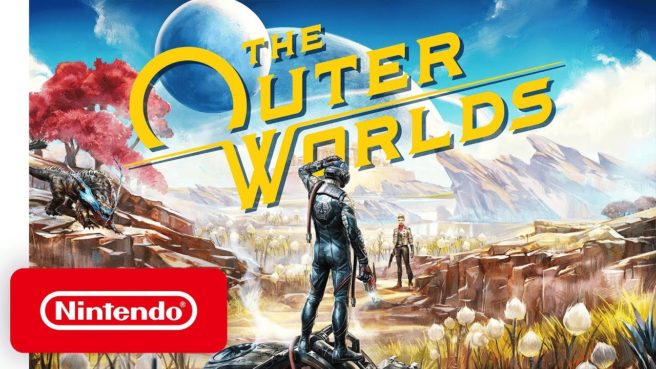Virtuos clarifies plans for “bespoke” versions of games on Switch, pushing hardware limits with The Outer Worlds
You may recall that, not too long ago, Virtuos vice president of games Elijah Freeman said the company was working on “bespoke Switch titles for some of the most beloved IPs in the industry.” In an interview with GamesIndustry, Freeman clarified what was actually meant by this.
Speaking with the site, he said:
“Players and developers expect full, high-quality versions of their games on the Switch platform. There are many ways to add gaming value and create a bespoke version of the game on the Switch. There are three different modes: TV mode, tabletop mode, and handheld mode. All three modes can potentially offer a new and unique experience for the player.
“From a Virtuos perspective, we view ‘bespoke’ versions as tailored versions of the client’s IP to the Switch platform. Generally, this consists of adapting a control scheme or implementing new playability by adding some of the unique features, such as touchscreen [controls]. These features can provide a new layer of engagement, and capitalizing on these gameplay additions can make the difference between a good game and a great game.”
“We often have this conversation with partners who developed their original game for PC or HD consoles and think that it won’t run on the Switch. Give enough time to a specialized team, and they will find enough technical and content optimizations to make it play seamlessly. It’s simply a matter of priority: How do you balance the distribution of tasks for the GPU and CPU to achieve the expected results? This can be especially challenging if it were a classic game with an antiquated code base, but it’s totally feasible.”
The Outer Worlds is one of the projects Virtuos is currently involved with. The team is looking to make it look “as close as possible” to the other platforms, and Freeman believes the studio is “pushing the limits of what is possible on Switch.”
“This requires creative thinking when it comes to frame-rate and memory optimization, especially for the larger maps with complex environments. We have a strong team of technical artists who are rearranging and streamlining workflow, and we’ve set up a VIP — a Very Important Place — in the room, which is basically a table with TV sets where we constantly cross-compare the Switch version with other SKUs. We are excited about our progress, because we feel that we’re pushing the limits of what is possible on the Switch.”
Finally, Freeman had some advice for developers and publishers regarding how they should approach Switch:
“The first thing we recommend is not treating the Switch as a secondary platform and to plan for a simultaneous, day one release of the Switch version of your game. The second recommendation is to add special features and extra content; simple efforts that only incur a marginal workload impact, but can prove to double the interest from both Nintendo and the Switch player-base, consequentially doubling the revenue potential. Look towards the Switch as a way to rejuvenate a brand. The audience is younger than those who typically own other consoles, so having your IP on the Switch is a great way to invest in the future.”
